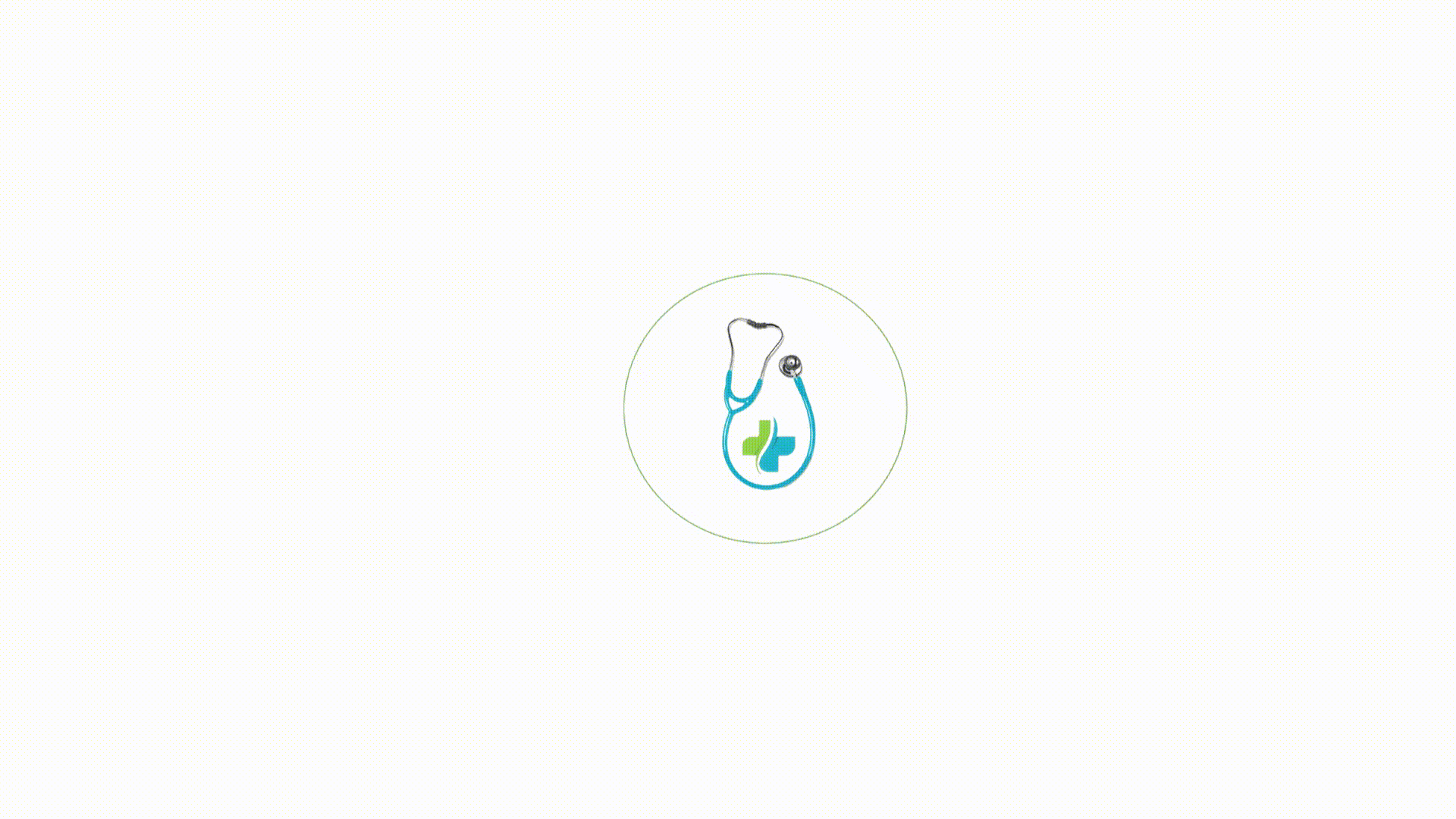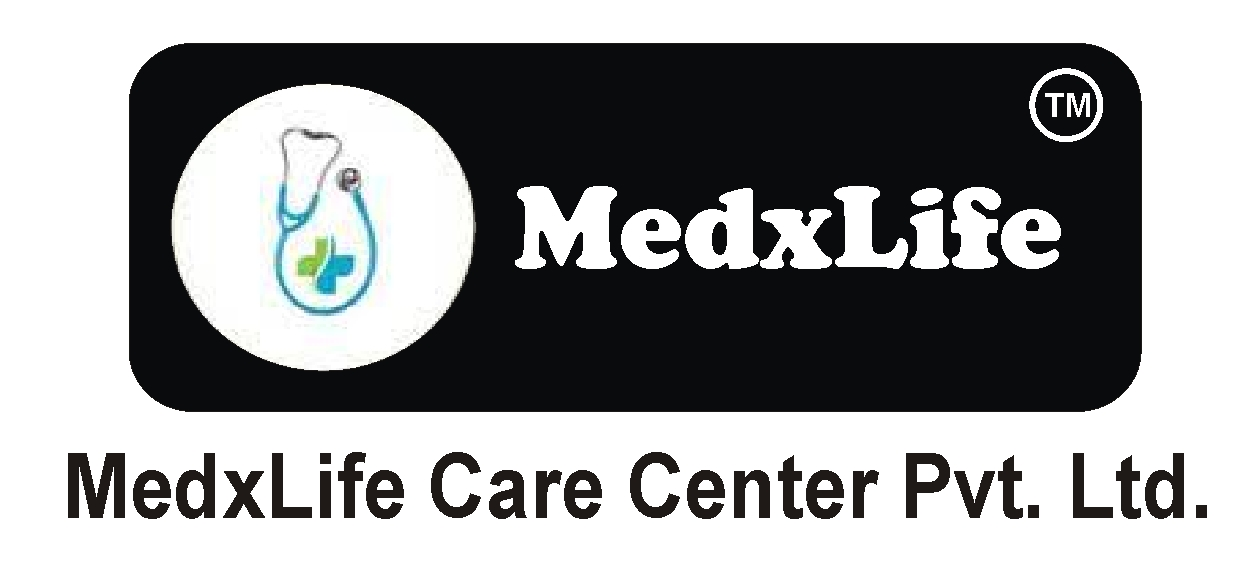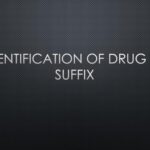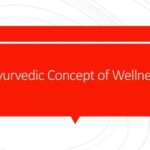Angina also called Angina Pectoris, is a symptom of underlying heart condition. It happens when some part of the heart doesn’t get enough blood and oxygen. This decrease of oxygen being delivered to the muscle of the heart happens if one or more coronary arteries are narrowed or blocked and this condition is called Atherosclerosis.
This type of blockage may result in chest pain. An angina attack may be provoked by extremes in emotions, eating a large meal or eating it very quickly or doing more exercise than usual or smoking etc.
Other forms of angina pectoris are:
- STABLE ANGINA PECTORIS- It occurs when the heart has to work harder than
normal during exercise. - UNSTABLE ANGINA PECTORIS- It occurs when person are sleeping or resting. This
is more serious and may be a sign that a heart attack could happen soon. - VARIANT ANGINA PECTORIS– Also known as Prinzmetal’s angina.
-Occurs almost only when person is at rest.
-Often doesn’t follow a period of physical exertion or emotional stress
-Can be very painful and usually occurs between midnight and 8 a.m.
-Is related to spasm of the artery.
-Is more common in women
-Can be helped by medicines such as calcium channel blockers. These medicines help dilate the coronary arteries and prevent spasm. - MICROVASCULAR ANGINA- A recently discovered type of angina
-People with this condition have chest pain but have no apparent coronary artery blockages.
-Doctors have found that the pain results from poor function of tiny blood vessels
nourishing the heart, as well as the arms and legs
-Can be treated with some of the same medicines used for angina pectoris
-Was once called Syndrome X
-Is more common in women
CAUSES:
Angina pectoris occurs when your heart muscle (myocardium) does not get enough blood and oxygen for a given level of work. Insufficient blood supply is called ischemia.
RISK FACTORS FOR ANGINA:
•Unhealthy cholesterol levels
•High blood pressure
•Smoking
•Diabetes
•Inactivity
•Unhealthy diet
•Family history of coronary or stroke
DIAGNOSIS OF ANGINA:
Angina can be diagnosed firstly from patient’s symptoms followed by other tests like:
•Electrocardiogram (ECG)- Records the electrical activity of the heart, shows abnormal rhythms (arrhythmias), and detects heart muscle damage.
•Stress test (usually with ECG; also called treadmill or exercise ECG)– Given while patient walk on a treadmill or pedal a stationary bike, to monitor your heart’s ability to function when placed under stress such as during exercise. Breathing and blood
pressure rates are also monitored. A stress test may be used to detect coronary artery disease, or to determine safe levels of exercise after a heart attack or heart surgery. A special type of stress test uses medicine to stimulate the heart as if you were exercising.
•Cardiac catheterization– With this procedure, a wire is passed into the coronary arteries. Next a contrast agent is injected into your artery. X-ray images are taken to locate the narrowing, blockages, and other abnormalities of specific arteries.
•Cardiac MRI– This test can find the amount of blood flow to the heart muscle. It may not be available at all medical centres.
•Coronary CT scan– This test looks at the amount of calcium and plaque inside of the blood vessels of the heart.
SYMPTOMS OF ANGINA:
•Pain that begins in the middle of the chest and then spread to the left arm, back, neck and jaw, usually this is not a sharp pain but a dull one.
•A feeling of persistent indigestion that is moderate or severe.
•A feeling of pressure, tightness or pressure on squeezing in chest or arms.
•Numbness or a lack of feeling in arms, shoulder or wrists.
Symptoms may vary according to the type of Angina
Example-
Stable Angina– Happens when the heart has to work harder during exercise.
-Usually lasts less than 5 minutes and stops if you rest or take
medication.
Unstable Angina- Often happens when you are sleeping or resting.
-Might last as long as 30 minutes and might become
progressively worse.
-Cannot be relieved with rest or medication.
TREATMENT OF ANGINA:
It involves making lifestyle changes that will help to reduce risk factors.
Medications-
•Nitrates or calcium channel blockers to relax and widen blood vessels, letting more blood
flow to your heart.
•Beta-Blockers- work as lowering blood pressure and slowing heart rate.
•Blood thinner or antiplatelet medications to prevent blood clots.
ANGINA RISK FACTORS:
Some things about you or your lifestyle could put you at higher risk of angina, including:
• Older age
• Family history of heart disease
• High blood pressure
• High cholesterol
• Diabetes
• Obesity
• Stress
• Using tobacco
• Not getting enough exercise
Contributor- Phd. Scholar Supriya Singh





5 Comments
Hemant Kumar
Thank you.
Dhiraj
What a great article !! More power to you..????
Divya
Keep it up!!!
Rubal Singh
Great work. Keep it up. ????????????????
Dr.Himanshu Singh
Very helpful to understand about angina pectoris